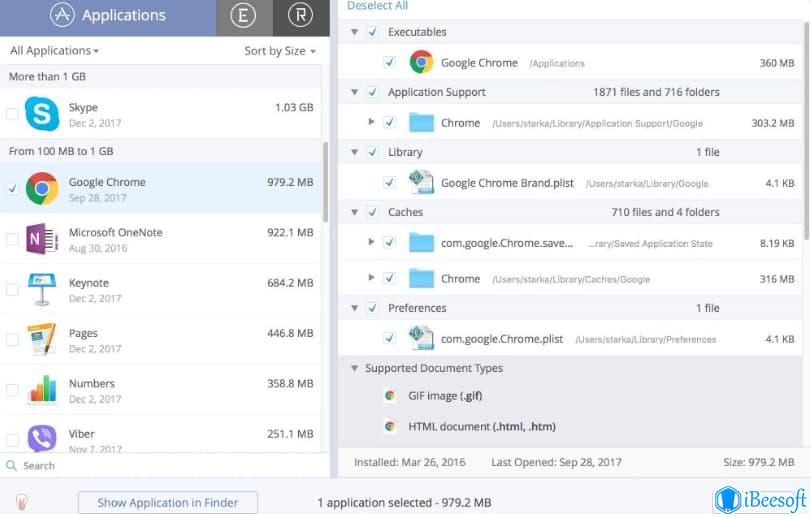
- MAC SYSTEM STORAGE OTHER HOW TO
- MAC SYSTEM STORAGE OTHER PASSWORD
- MAC SYSTEM STORAGE OTHER MAC
- MAC SYSTEM STORAGE OTHER WINDOWS
MAC SYSTEM STORAGE OTHER MAC
In the example above, it only shows 207 GB, but take a look at this Apple discussion - some Mac users report that System Storage takes an astonishing 250 GB. To your surprise, you see a yellow bar representing “System” that seems to occupy way more space than you think it should. You try to figure out what’s taking up your disk space by clicking the Apple logo on the top-left of the screen, selecting About This Mac, and hitting the Storage tab. Sitemap Page was generated in 0.So, your Mac is running out of storage.
MAC SYSTEM STORAGE OTHER HOW TO
How To Create Your Own Dynamic Wallpapers On MacOS.

MAC SYSTEM STORAGE OTHER WINDOWS
How to Set Up and Use the Magic Mouse on Windows.The 11 Best Mac Equivalents to Microsoft Paint.How to Fix Function Keys Not Working on Apple Magic Wireless Keyboard.iPhone Stuck on Black Screen with Loading Circle? 4+ Ways to Fix.Can’t Find Your AirPrint Printer on iPhone? 11 Ways to Fix.Mac Screen Sharing Not Working? 12 Ways to Fix.How to Middle Click on macOS Using Trackpad or Magic Mouse.How to Chat with Apple Support Directly From Your iPhone.
MAC SYSTEM STORAGE OTHER PASSWORD
How To Reformat Your MacBook Without a Password.Mouse Keeps Disappearing On Mac? 10 Things To Try.10 Apple Watch Hacks You May Not Know About.FaceTime Camera Not Working? 8 Ways to Fix on iPhone, iPad, and Mac.If you keep running into storage-related issues on your Mac regularly, we highly recommend that you use it. Then, drag and drop the system drive from your desktop inside it. Open the Apple menu, choose System Preferences, and select Spotlight.Ģ. Try rebuilding it to help reduce system storage on Mac.ġ. Sometimes, your Mac may display an incorrect “System” storage reading due to a broken Spotlight Search index. Then, restart your Mac normally and see if that helped. Wait for a couple of minutes until the storage indicator updates itself completely. Power it back on, but immediately press and hold the Shift key until you see the Apple logo.Īfter your Mac boots into Safe Mode, go to Apple menu > About This Mac > Storage. To do that, start by turning off your Mac. Enter/Exit Safe Modeīooting into Safe Mode can help remove redundant or obsolete system-related files on your Mac. Repeat steps 1– 4, but use the path /Library/Caches/ (which opens the system cache) in step 2 instead. If everything looks good, clear the Trash.ĥ. Note: If Finder doesn’t display folder sizes in List view, open View on the menu bar, select Show View Options, check the box next to Calculate all sizes, and select Use as Defaults.Ĥ.

Type ~/Library/Caches/ and press Enter to open the application cache. Tip: For a complete walkthrough, check how to clear the Mac cache.Ģ. That helps speed things up, but sometimes, the application and the system caches can balloon out of control and ramp up the “System” reading. Delete System and Application Cacheīoth the operating system and the various applications that run on your Mac frequently cache lots of files. Delete any large connection log files inside the directory. ~/Library/Containers//Data/Library/Logs/Mailģ. Type the following folder path and press Enter: It’s best to check and get rid of them.ġ. Delete Connection Log FilesĪpplication logs aside, your Mac may also contain massive connection log files related to the Mail app. To make things easier, you can switch to List view (from the top of the Finder window) and use the Size column to sort the log files by size. Check for any oversized log files and delete them. Type tmutil listlocalsnapshotdates and press Enter to bring up a list of all local Time Machine snapshots along with their relevant date tags.ģ. Go to Finder > Applications > Utilities and open Terminal.Ģ. Note: If possible, create a fresh Time Machine backup with your external backup drive connected before you go ahead.ġ.

It’s best to check and get rid of them using Terminal. That happens when the operating system fails to clear older Time Machine snapshots from the internal storage. If you have Time Machine enabled on your Mac, you may end up with a chunk of “System” storage well beyond the usual size limits.

Don’t forget to clear the Trash and check the Storage screen frequently as you work your way through them. If your Mac has a very large “System” storage allocation, the pointers that follow should you help reduce it.


 0 kommentar(er)
0 kommentar(er)
